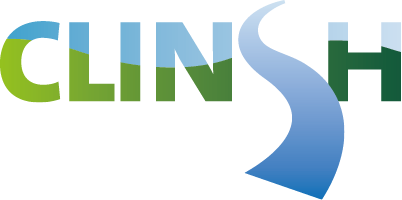D. Public awareness and dissemination
D1 Communication and dissemination
In order to ensure acceleration of emission reduction in Inland waterway transport and therewith the uptake of the project results, this action focuses on the dissemination and communication of the results. Focus is on the main target groups of the project being individual skippers and shipping companies, policy makers and port authorities. Since these target groups all operate according to their own interests and within a specific context, it is necessary to adjust the communication and dissemination strategy to the needs of that specific target groups.
To ensure the uptake of this results from actions B and C, the main target groups ship owners (because of the problem) and policy makers (problem owners) must be reached. The project dissemination actively targets these groups during as well as after the LIFE project. For dissemination to policy makers, D1 receives content from D2, whose activities are therefore closely aligned.
Energy Valley: action leader
D2 Policy tools and recommendation
Provide EU, CCNR, national, regional and local policy makers with information about real-world performance, costs and local air quality impacts of emission reduction, fuel transition and onshore power supply technologies for the inland waterway fleet.
Study policy instruments and technical standards adopted for IWT across Europe as prerequisite for joint policy making that accelerates air quality improvement in Europe. Promote harmonisation of financial incentives based on a shared vessel scoring system and provide recommendations to policy makers. Study possibilities to create new financing mechanisms for the large-scale deployment of emission reduction. Develop fleet development scenarios as input for defining policy packages.
Nijmegen: action leader, policy support document
Project Activities
-
A. Preparatory actions
- A1. Procurement
- A2. Measurement protocols
-
B. Implementation actions
- B1. Emission reduction technologies and fuel tranistion demonstration
- B2. Onshore Power Supply demonstration
- B3. Emission inventory and demo results
- B4. Modelling, evaluating and scenario building
- C. Monitoring of the impact of the project actions
- C1. Socio-economic study and project indicators
- D. Public awareness and dissemination of results
- D1. Communication and dissemination
- D2. Policy tools and recommendations
- E. Project management
- E1. Project management
